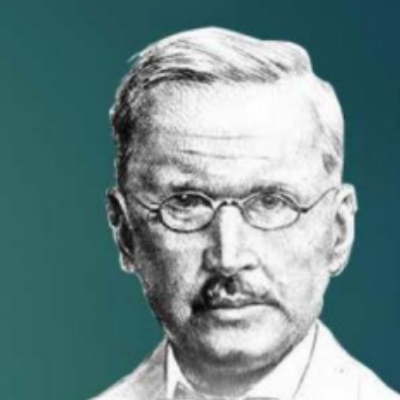
Graphic novel about Friedrich Wilhelm Raiffeisen
Understanding the strong impact that this publication is generating on the Trentino community, the don Lorenzo Guetti Foundation has reached the decision to place together with this product a second comic book that describes the life and way of thinking of Friedrich Wilhelm Raiffeisen: the founder of the Raiffeisenian credit cooperative system that directly inspired the activity of don Lorenzo Guetti and the other supporters of Trentino cooperational development. A cooperative example that is still living and present in the social and economical fabric of the Countries where it is applied.
This willingness to talk about Friedrich Wilhelm Raiffeisen’s life comes with the importance that this man had in the European economic history and in the creation and development of Guetti’ s way of thinking. As prof. Marcello Farina writes in the introduction of the book “Friedrich W. Raiffeisen: Christian, reformer, visionary” by prof. Michael Klein and translated by the Foundation don Lorenzo Guetti in collaboration with Trentino Federation of Cooperation,Raffeisen belongs to the long line of personalities who were able to accompany, in a different and multifaceted way, entire generations of women and men in a dramatic and at the same time exciting context, an epic transformation of the history of humanity, produced by the industrial Revolution and by the effects in the economic, social, political-cultural and religious field caused by it.. He knows how to grasp very sharply the disastrous situation of the people, whom he’s responsible for as mayor of some villages of Rhenish Westerwald in Germany and he created progressively those norms of concrete and efficient action that will result mostly in the Associations of loan funds, beginning from 1866 onwards. Don Lorenzo Guetti(1847-1898) will also specifically refer to him and he will build his own cooperative system starting right from the statute of those associations created by Raffeisen, adapting it to the situations in Trentino in the second half of 19th century”.










